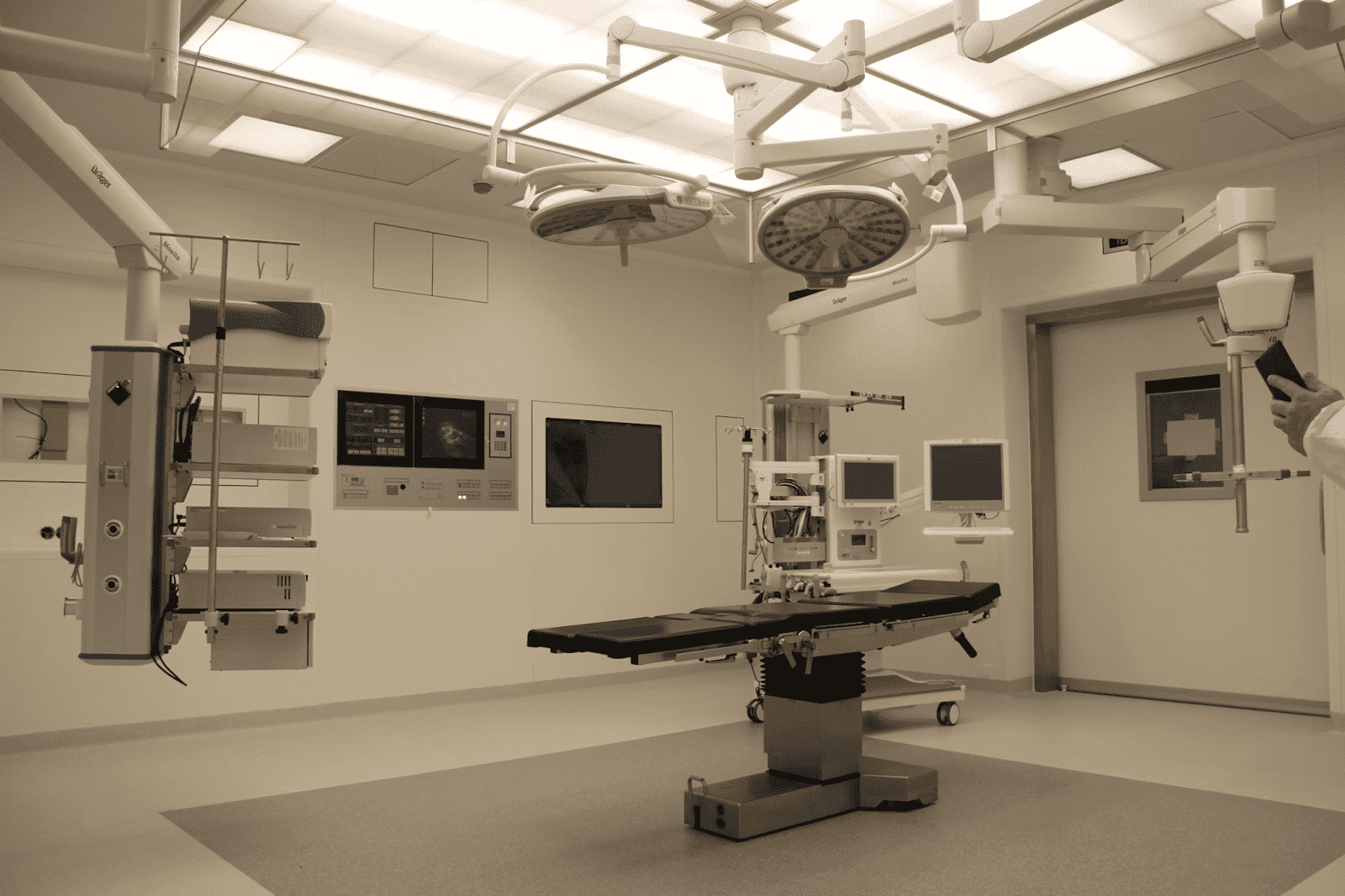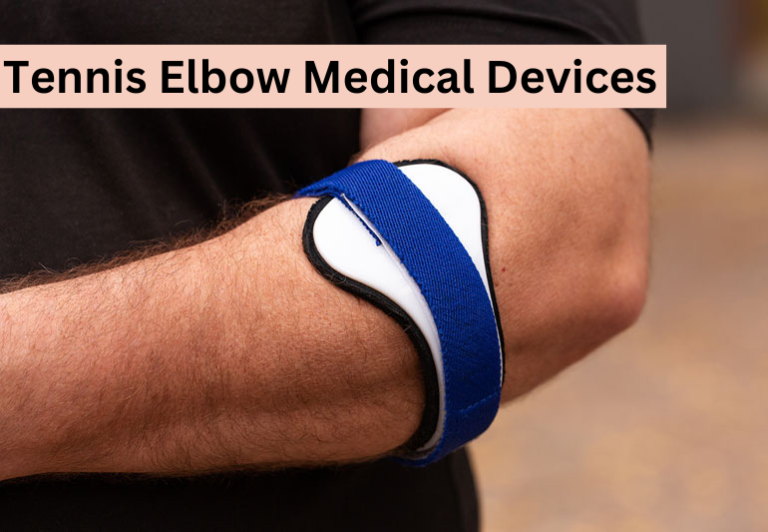4 Instruments You Will See in a UK Surgical Theatre

This list of instruments used in a UK surgical setting is by no means exhaustive, but it does cover 4 of the main types of implements used to help surgeons operate on their patients with precision and ease.
Surgical retractors:
A retractor for surgery is a versatile instrument used to ensure the surgeon has a clear view of tissues and organs when they’re operating on patients. There are two main kinds. The first of these is a handheld retractor, which needs to be held and manipulated by a theatre assistant.
A handheld retractor has three parts: the handle, a blade (which is used on the patient), and a shaft that sits in between. The blade on the retractor might come in different shapes and sizes, according to the type of surgery being carried out.
The second type of retractor is self-retaining. These vary quite a lot in design, but they’re extremely useful in that they simply hold themselves in place after they have been positioned. They’re a great boon as they can free up the theatre assistant’s hands to carry on with other jobs within the operation. They also help to reduce muscle fatigue and allow for the provision of continued stable levels of traction in procedures that may last for several hours.
Forceps:
Forceps are probably one of the most well-known operating instruments. They often look like a large pair of tweezers and they will vary in size and shape. How are they used? Well, they are used to get hold of tissues and can be used to pick up needles or swabs. In essence, they’re like an extension of a surgeon’s fingers and thumb. The tip of forceps can be toothed or non-toothed and the standard non-toothed forceps are often called ‘Debakey’s’.
Hinged forceps resemble a pair of scissors but instead of two blades, they have two arms that meet and press together, rather than cut.
Clamps:
Clamps used for tissue have a similar design to hinged forceps. They’re commonly used to block blood vessels or luminal tissues (such as those present in the bowel). They’re atraumatic – so used on sites like the aforementioned bowel, or designed to destroy diseased tissue. They sometimes have non-slip features too, especially if they are being used for vessel occlusion.
Instruments for cutting:
The last of the surgical instruments to feature in our guide are instruments for cutting, whether that’s to open up tissue (for instance, skin) at the start of an operation, and they can also be used to separate different tissues during a procedure.
Firstly, surgical scissors. Most of these look like the simple metal objects we’re familiar with, but there are also curved and angled varieties to help with certain types of procedures. Suture scissors are generally straight, whilst fine dissecting scissors have a slight curve at the tip.
Finally, let’s take a look at scalpels. They always have disposable blades and will vary in size (and also how they are held).
The handles of a scalpel often come within an instrument set, known as a BP handle. They vary in size and how they are best held, and surgeons will use different techniques depending on the type of operation they’re performing.





